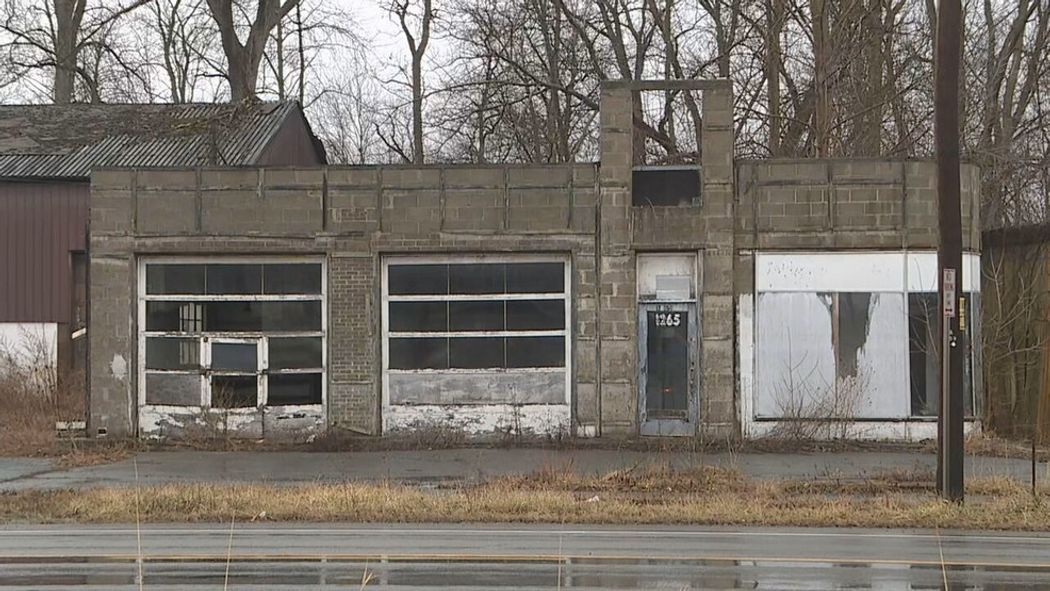
New York’s efforts to clean up contaminated industrial and commercial sites are falling short due to delays and lack of oversight, according to a new audit from State Comptroller Tom DiNapoli. The review of the Brownfield Cleanup Program (BCP) found that nearly one in five projects have languished for over a decade—posing potential threats to public health, the environment, and local redevelopment.
What is the Brownfield Cleanup Program?
The BCP incentivizes private parties to clean up polluted properties in exchange for tax credits, liability relief, and technical support. Its goal is to make contaminated sites suitable for redevelopment and restore them to productive use. Unlike New York’s Superfund Program, which focuses on the state’s most hazardous sites, the BCP targets moderately contaminated locations and relies on voluntary participation.
Audit reveals significant remediation delays
Between 2019 and 2025, the Department of Environmental Conservation (DEC) managed 518 active brownfield projects. However:
- 17% of sites have been active for more than 10 years.
- 25 sites have been in the program for 17 to 20 years.
- Four sites were flagged as posing a “significant threat” to public health or the environment.
DiNapoli’s office cited issues such as failed remediation efforts, financial challenges, and incomplete documentation as causes for the prolonged delays. In some cases, contaminants were allowed to spread, potentially affecting nearby residences, drinking water sources, and natural resources.
Gaps in DEC oversight
The audit also criticized the DEC for lacking standardized criteria and timelines to track progress and take corrective action when delays occur. Key findings include:
- No clear guidelines on when to remove a project from the program for lack of progress.
- Inconsistent handling of high-risk sites and cases where property owners were not transparent about contamination levels.
- 27 sites admitted to the BCP may have qualified for Superfund designation due to their severity.
At one site, a change in ownership went undetected by DEC staff. At another, withheld contamination data stalled cleanup and potentially exposed tenants to hazardous materials.
Recommendations and agency response
To improve accountability and protect public safety, the Comptroller’s office recommends that DEC:
- Develop specific policies, timelines, and triggers for terminating inactive or noncompliant projects.
- Establish enhanced monitoring procedures for high-threat sites.
- Expand public access to cleanup records and improve transparency through an upgraded online database.
DEC has generally agreed with the audit’s findings and is considering regulatory changes to strengthen enforcement and reporting standards.
Why timely cleanup matters
Brownfield sites often sit in urban centers and economically distressed areas, where successful redevelopment can stimulate local economies, create jobs, and increase tax revenues. Prolonged delays not only stall growth but also expose communities to ongoing environmental hazards.
The BCP remains a vital tool in New York’s broader push for environmental justice and smart redevelopment—but as the audit shows, oversight and urgency must improve to fully realize its promise.

